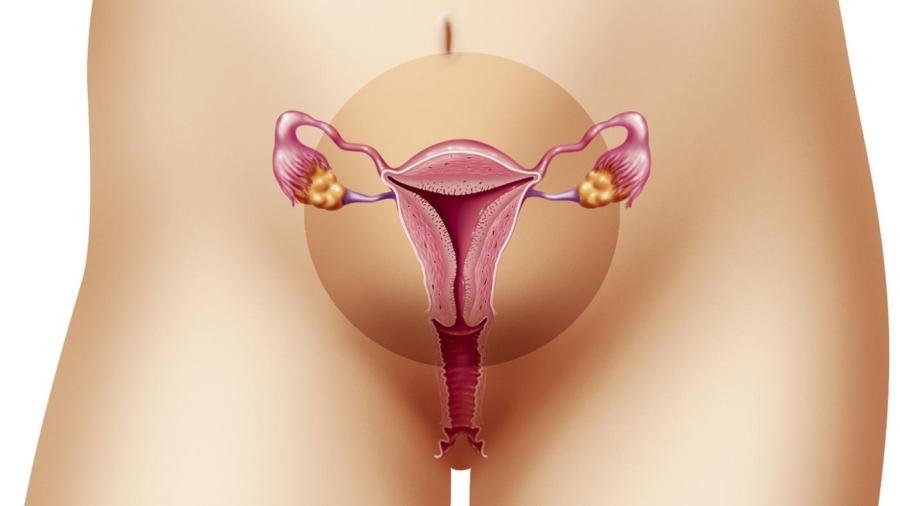What Is the Normal Range for Endometrial Thickness?

The average range for endometrial thickness is between 12 and 16 millimeters, depending on what phase of the menstrual cycle a woman is in. This number also varies based on a woman’s age.
For pre-menopausal women, endometrial thickness ranges between two and four millimeters during menstruation. In the early proliferative stage, endometrial thickness increases to somewhere between five and seven millimeters. In the late proliferative phase, endometrial thickness is approximately 11 millimeters, and it increases to an average of 16 millimeters during the secretory phase. In post-menopausal women who are not on hormone therapy, endometrial thickness is normally lower than five millimeters. In women who are taking hormone therapy, however, endometrial thickness can be as high as 16 millimeters.
Endometrial Thickness by Menstrual Phase
When women are born, their ovaries contain approximately 400,000 follicles. Of that number, only about 400 follicles reach maturity and progress to ovulation. The menstrual cycle has several phases, and each phase plays a key role in endometrial thickness. Between the days of zero to 14 in the menstrual cycle, ovaries are in the follicular phase and the uterus is in the proliferative phase.
During the follicular phase, multiple follicles are prompted by follicle-stimulating hormones to start developing. A dominant follicle appears about five or six days into the cycle. This follicle produces the egg that is to be released. Simultaneously, the uterus is in the proliferative phase, which means that estrogen is prompting growth in the functional layer of the endometrium. This growth causes the endometrium to expand from a size of about one to three millimeters to a size of six to eight millimeters. This phase finishes with ovulation, which is when the egg is released and caught by the fallopian tubes. This process usually happens somewhere between days 12 and 16 of the menstrual cycle. During ovulation, the endometrium is approximately six to eight millimeters thick in pre-menopausal women, and without the influence of hormone drugs. In days 14 to 28 of the menstrual cycle, the ovaries are in the luteal phase. The uterus is in the secretory phase of the ovarian luteal phase. At this point, a hormone called the luteinizing hormone (LH) forms the corpus luteum, which then disappears if the woman is not pregnant. With the combination of estrogen and progesterone, the endometrium continues expanding. It reaches a size of about 10 to 16 millimeters by the end of a woman’s cycle as glands continue to enlarge and if implantation does not occur. The cycle begins again at the start of menstruation, which is day one of the cycle.
Endometrial Thickness and Pregnancy
For women, a healthy endometrial lining is essential for a healthy pregnancy. Women also need a certain amount of thickness in the endometrial lining to conceive. If the endometrial lining is not thick enough, it can be caused by several problems. Uterine polyps and uterine fibroids can result in an abnormal thickness level in the endometrial lining. Intrauterine adhesions, which is scar tissue within the uterine cavity, can also cause abnormal thickness levels in the endometrium. Some women have congenital uterine deformities that cause lower levels than normal of endometrial thickness. Some women also experience a luteal phase defect, which means there is an inadequate level of microscopic and cellular changes during that phase. For a healthy pregnancy, a thickness level of eight to 13 millimeters is ideal, while a level below six millimeters may cause problems.





